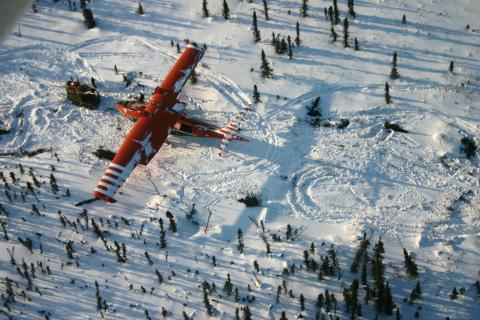Welcome to the Canso Blog!
The restoration is moving along very well and we want to keep everyone updated through this page. Things may get a little slow from time to time (it's sort of like watching paint dry) but please keep checking back.
Feel free to add your comments - we look forward to your feedback.
Sorry, we're unable to load this blog.
For earlier blogs, please scroll down here .........^
